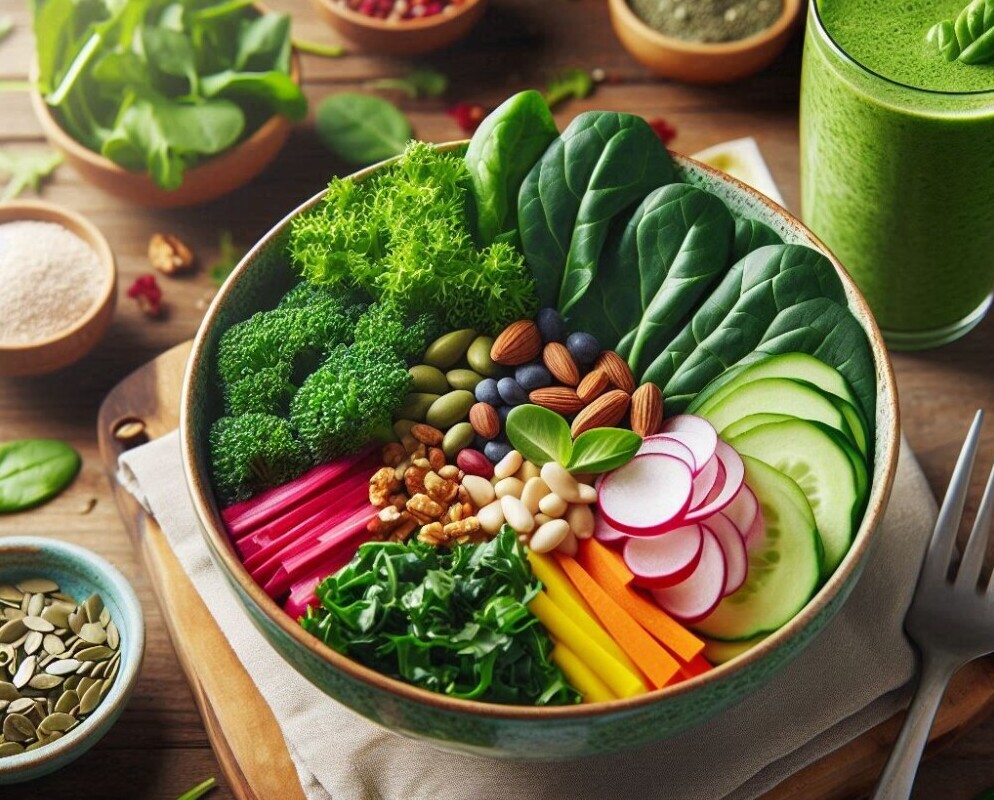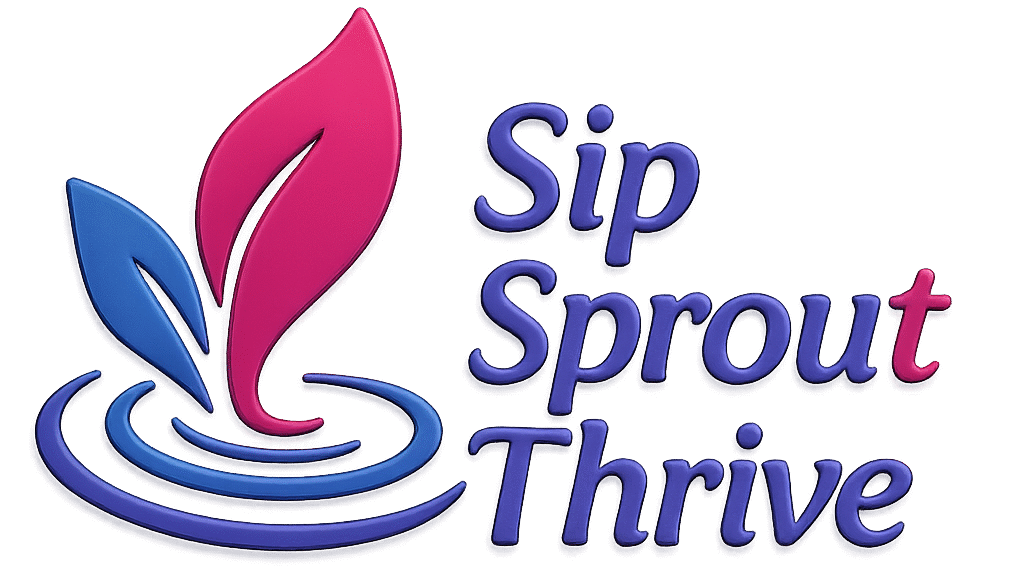Protein is essential for muscle repair, immune function, and overall health—but simply consuming it isn’t enough. How well your body *absorbs* and *utilizes* protein determines its true benefits. Meanwhile, supergreens (like spirulina, chlorella, and wheatgrass) are often praised for their nutrient density, but can they actually enhance protein absorption? Let’s examine the science.
 How Protein Absorption Works
How Protein Absorption Works
When you eat protein, your body breaks it down into **amino acids**—the building blocks used for everything from muscle growth to enzyme production. However, absorption isn’t always efficient. Key factors include:
- Digestibility
- Animal proteins (whey, eggs, meat) are ~90-99% digestible.
- Plant proteins (beans, lentils) are ~70-90% digestible due to fiber and anti-nutrients (e.g., phytates).
- Amino Acid Profile
- Complete proteins (contain all 9 essential amino acids): Eggs, quinoa, soy.
- Incomplete proteins: Most plants (but combining foods—like rice + beans—creates completeness). 3. Gut Health
– Low stomach acid or gut inflammation (e.g., from processed foods) reduces protein breakdown.
Where Supergreens Come In
Supergreens (spirulina, chlorella, moringa) aren’t just vitamin powerhouses—they also support protein absorption in surprising ways:
1. They’re Surprisingly High in Protein
- Spirulina: 60-70% protein by weight (higher than chicken or beef).
- Chlorella: 50-60% protein, with all essential amino acids.
2. They Enhance Digestibility
- Chlorophyll (abundant in greens) supports gut lining integrity, improving nutrient uptake.
- Enzymes in wheatgrass and barley grass aid protein breakdown.
3. They Combat Anti-Nutrients
- Spirulina binds to heavy metals, reducing their interference with protein absorption.
- Moringa contains compounds that may mitigate phytates in plant-based diets.
4. They Reduce Inflammation
- Chronic inflammation impairs protein utilization. Supergreens’ antioxidants (like phycocyanin in spirulina) help counteract this.
Practical Tips for Maximizing Protein Absorption
- Pair Supergreens with Protein
- Add spirulina to a post-workout smoothie with whey or pea protein.
- Toss moringa powder into lentil soups or quinoa bowls.
- Support Stomach Acid**
- Apple cider vinegar or betaine HCl (if deficient) can improve protein breakdown.
- Diversify Protein Sources**
- Combine plant proteins (e.g., hummus + whole-grain pita) for a complete amino acid profile.
- Prioritize Gut Health**
- Fermented foods (kefir, sauerkraut) enhance the microbiome’s role in digestion.
The Bottom Line
Protein quality matters, but absorption is what truly fuels your body. Supergreens offer a rare combination of high bioavailable protein, gut support, and anti-inflammatory benefits—making them a smart addition to any diet, especially plant-based ones.
Have you tried supergreens for protein support? Share your go-to recipes below!
